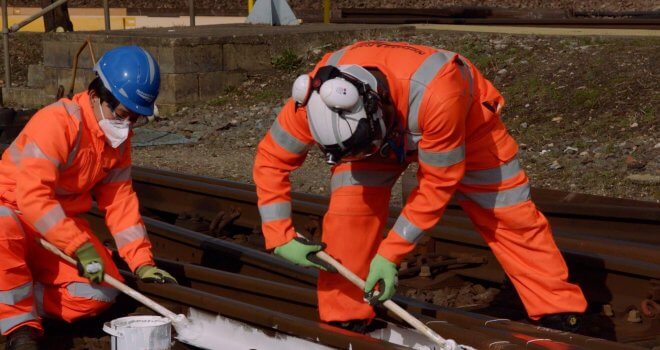4 Construction Equipment Maintenance Tips To Consider

The average construction equipment is designed to last at least 15 years. But there are no guarantees here, as several factors come into play. Various work conditions can shorten or extend the lifespan of construction equipment. In some cases, human error can also cause essential equipment to break or wear down. Because the survival of your construction business depends on your equipment, you want to ensure that they’re always in perfect working condition and can outlast regular use. You can only achieve that with proper maintenance. Here are some ways to maintain your construction equipment.
- Have a maintenance program
It’s important to have a maintenance program for all equipment pieces in your construction business. You should have set times and dates for maintenance work; your workers should know them. Ideally, it’s best to choose low-peak periods when there’s not much construction work to carry out your maintenance. This way, the maintenance work will not interfere with daily business and affect work productivity. Determine what equipment you want your maintenance program to cover, who will be responsible for covering the program, and what schedule they need to work with. It also helps to keep records of all maintenance programs for easy referral. Routine checks can be daily or hourly, depending on how often you use your equipment.
- Don’t skimp on lubrication
Wear and tear from friction is one of the most common causes of equipment breakdown. Friction occurs between moving parts and can chip out pieces, causing significant wear and shortening the lifespan of a piece of equipment. But proper lubrication can prevent this.
It’s important to lubricate every part of construction equipment exposed to friction. A lack of lubrication can cause heat buildup from friction, leading to increased energy consumption.
How often to lubricate equipment will depend on how often you use it. But to be safe, you can always consult or follow the manufacturer’s recommendation. Take the time to grease all your fittings, lubricate each wire rope, and check oil levels. Also, ensure that our lubricants are always clean and free from contamination.
- Follow the manufacturer’s maintenance instructions
Almost every piece of construction equipment comes with maintenance instructions. Such instructions cover when and how to carry out the necessary maintenance. It’s important to refer to them when drawing your maintenance plan. These instructions contain schedules or guidelines that outline the appropriate intervals for carrying out tasks like oil changes, lubrication, filter replacements, and even where to find the right replacement parts.
Ignoring the manufacturer’s instructions could mean violating warranty terms, in which you’ll have to pay for repairs on your own.
- Proper storage is crucial
Some equipment pieces are prone to damage when not used, especially when you fail to store them properly. The goal of proper storage is to protect equipment from exposure to harsh weather conditions and unfavourable temperatures. It’s easier this way to prevent rusting, corrosion, and deterioration caused by too much exposure to the natural elements.
Ideally, every construction equipment should be sheltered and have protective tarps. They should also be secured in place with safety straps where necessary. The last thing you want to do is leave equipment unused and uncovered on a construction overnight.




